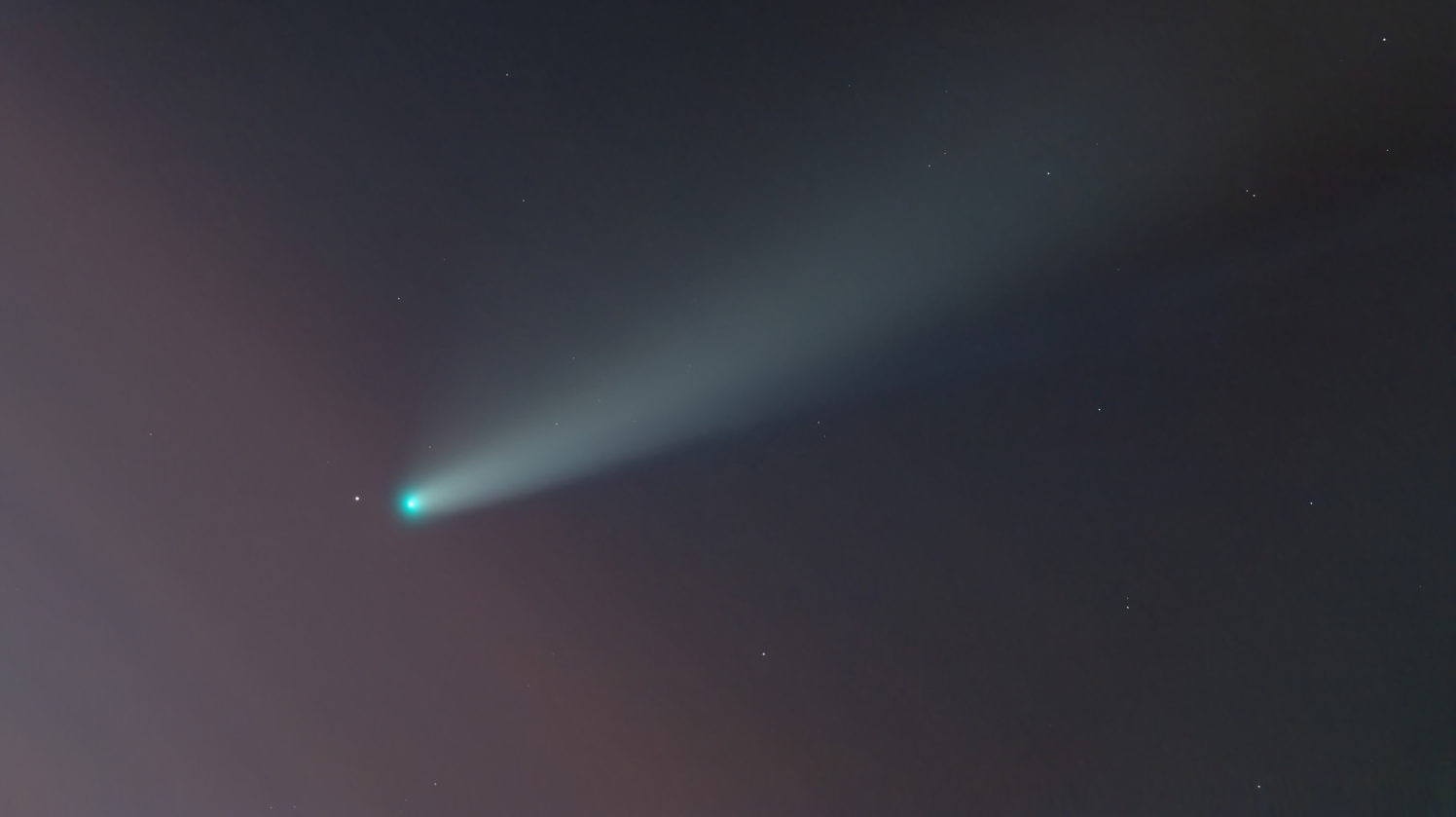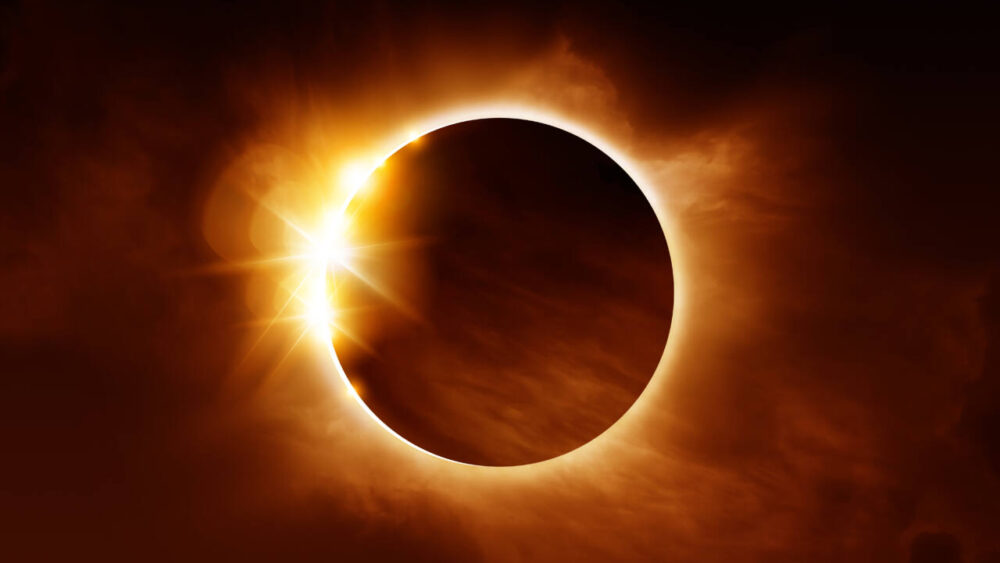A rare, green comet is zooming by Earth for the first time in 50,000 years

A recently discovered comet will make a brief appearance in the night sky over the next month before it travels out of view again.
Comet C/2022 E3 (ZTF) makes its closest approach to the sun on Jan. 12 and its closest approach to Earth on Feb. 2, when it’s around 26 million miles away.
The comet will look like a tiny green glowing light, and observant sky-watchers may be able to see it with a telescope or binoculars. Its green glow and streaking trail of dust and particles should make it discernable from other bright spots in the night sky.
To find it, EarthSky says to look low on the northeastern horizon. Just before midnight on Jan. 12 until the early morning hours of Jan. 13, the comet was at its closest point to the sun during its orbit, a phenomenon known as perihelion. As Comet C/2022 E3 passes near the Sun, its ice will skip the liquid phase and turn straight into gas (a process called sublimation), according to Live Science. This will create a temporary, glowing atmosphere around it known as a coma, making it easier to spot.
After it passes near the sun, the comet will track across the night sky below the Big Dipper towards Polaris over the next few weeks, according to EarthSky. It’s expected to be visible again during the third week of January, and in February. (EarthSky has day-by-day images that show where the comet is expected to appear amid the constellations.)
You may not be able to see the comet in your area, depending on the amount of light pollution and other factors. However, if you’re curious, you can also try watching the Virtual Telescope Project’s live stream to catch a glimpse.
Astronomers first discovered the comet last March, when they spotted it inside Jupiter’s orbit using equipment at the Palomar Observatory in San Diego County, California. When scientists first spotted it, Comet C/2022 E3 was some 400 million miles from the Sun, within Jupiter’s orbit.
This comet orbits around the sun once every 50,000 years and passes through the outer reaches of the solar system. The last time it passed by Earth was during the Stone Age, when Neanderthals were still roaming around.
That explains why it’s taken so long to swing by the Earth again, making it a once-in-a-lifetime opportunity to spot this distant celestial neighbor.
Follow Meteorologist Jason Meyers on Twitter or watch one of his entertaining and educational YouTube videos.





